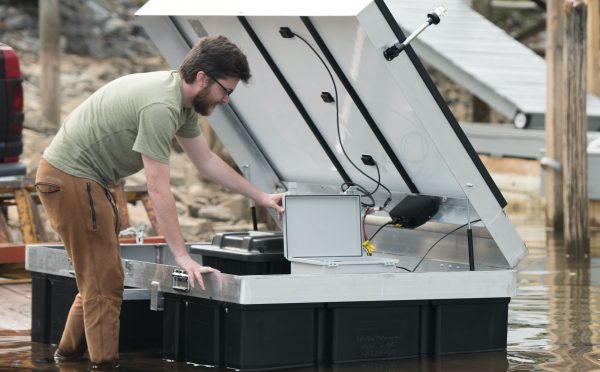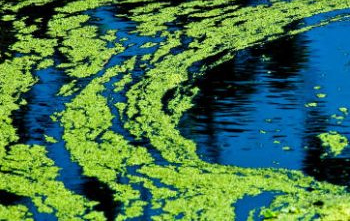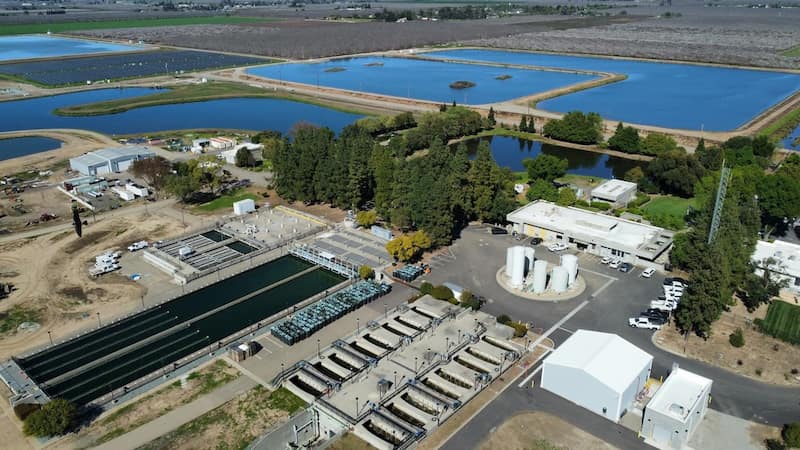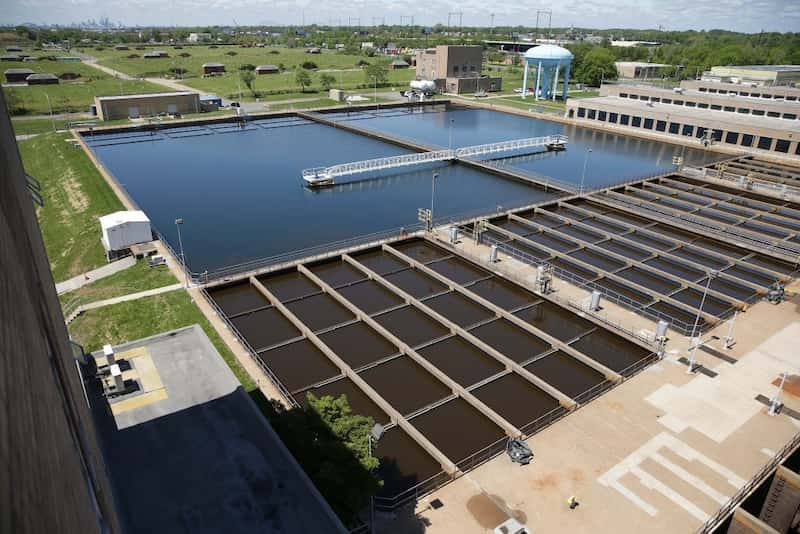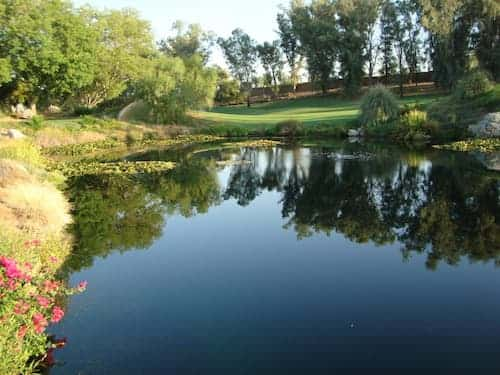LETS TALK ABOUT ALGAE
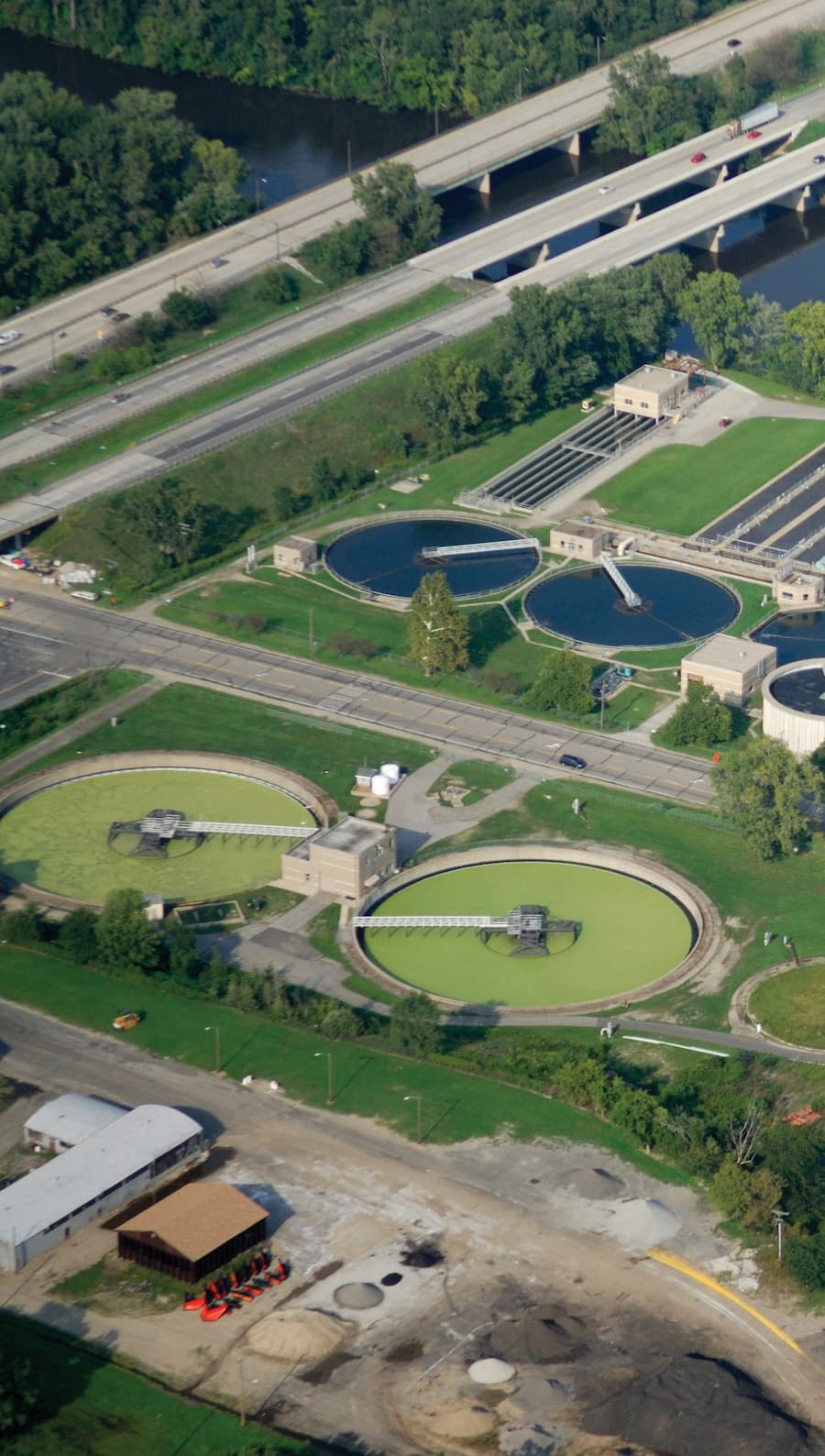
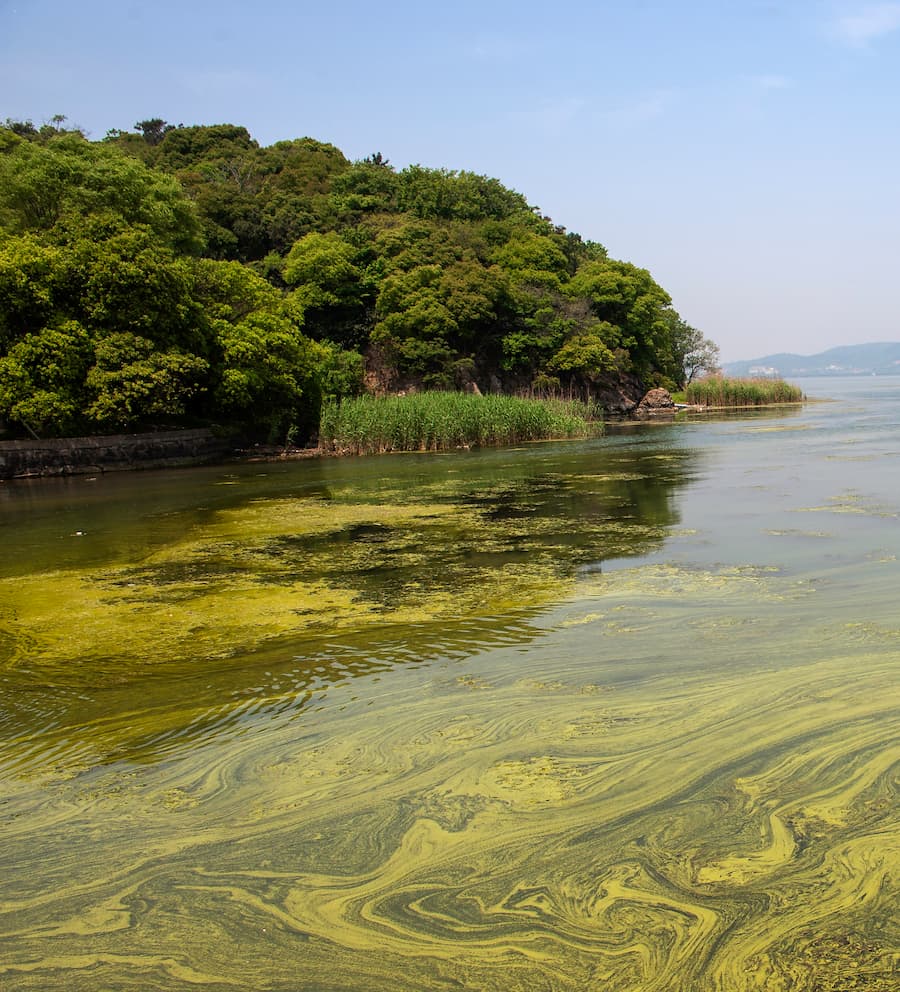

The risks of algae
What most people call pond scum or seaweed is actually algae—a highly adaptive organism that thrives in nutrient-rich water. It’s common, persistent, and difficult to fully eliminate once established.
Unchecked algae growth can lead to:
- Toxic water that threatens people, pets, and livestock
- pH imbalances that complicate treatment processes
- Fish kills due to oxygen depletion
- Safety issues for swimmers and boaters (entanglement, slippery surfaces)
- Clogged propellers and filtration systems
- Skyrocketing water treatment costs due to odor and taste removal
Biofilm: Algae’s Bacterial Sidekick
Biofilm is the slimy bacterial layer that clings to underwater surfaces—pipes, pumps, boats, tanks, and infrastructure. It often grows alongside algae and creates additional hazards:
Biofilm-related issues include:
- Increased maintenance and cleaning needs
- Formation of carcinogenic chlorinated byproducts (like THMs and HAAs), triggering potential fines
- Fouling from organisms like zebra mussels, oysters, and barnacles
- Reduced heat exchange efficiency, raising operational costs
- Corrosion and damage to boats and piping
- Fuel waste from hull drag
- Manganese precipitation causing discoloration and water safety concerns

An introduction to algae
Biofilm, the bacterial cousin of algae, is a layer of microorganisms which forms on surfaces in contact with water, such as rocks in ponds and lakes, boats and piers in marinas, equipment in water reservoirs and treatment facilities. These dense colonies of bacteria can cause any number of problems: decreasing water quality, generating bad tastes and smells, and serving as food for invasive species, such as zebra mussels. These tiny mollusks band together to clog pipes, render beaches unusable, and destroy boat engines.
HABs are often driven by excess phosphates and nitrates—pollutants found in fertilizers, detergents, and even soda.
These nutrients enter water systems via:
- Lawn runoff
- Agricultural fields
- Sewage and septic effluent
- Organic debris like leaves and grass clippings
During hot summer months, warm temperatures and low oxygen levels trigger algae and anaerobic bacteria to rapidly multiply—releasing even more nutrients stored in bottom sediments. Blue-green algae, in particular, thrive in these conditions using gas vesicles to regulate depth and access those nutrients.
Chemical algaecides like copper sulfate are commonly used—but they’re expensive, short-term fixes that come with major downsides:
- Classified as highly toxic by the EPA
- Kill beneficial bacteria and disrupt aquatic ecosystems
- Corrode metal infrastructure
- Create sterile, lifeless sediment layers
And yet doing nothing isn't an option—unchecked algae can cause oxygen depletion in treatment lagoons, leading to even more HABs and the release of cyanotoxins.
How SonicPure works

Waterbody Management Measures for Cyanobacterial Blooms
Waterbody Management Measure
Description
Effectiveness
Limitations



